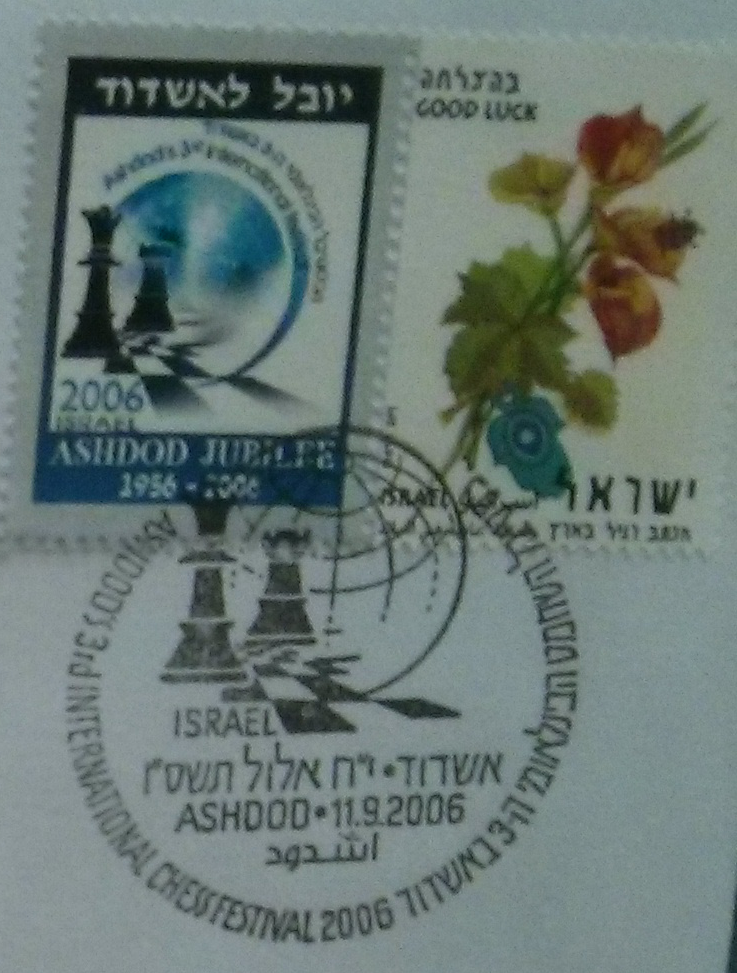 |
| Details: see below. |
Our correspondent and chess historian Tomasz Lissowski had forwarded to us the following photo and (below) a transcript of an article, both from the Polish magazine Chwila of March 7th, 1931. The magazine was published in Lviv (to use the current Ukranian spelling), then in Poland. Chwila, adds Mr. Lissowski, was a Jewish-owned, Polish-language magazine read by the Jewish-Polish intelligentsia in Lviv at the time.
The article and photo were found in Chwila by Mr. Jan Jaremko, who in turn forwarded it to Mr. Lissowski. They concern a simultaneous display given by Akiba Rubinstein in Lviv on March 5th, 1931, in the 'Literary and Artistic Casino' -- today, adds Mr. Jaremko, the reading room of the regional scientific library.
The result was +8 =15 -8 (!). The report was, as can be seen below, written by the chess master Henryk Friedman. It mentions that about 300 people attended as players or spectators, and also names some of Rubinstein's opponents. Unfortunately no game scores were given. Mr. Lissowski adds that in the first line on the left one can see Edward Gerstenfeld, another of the many Jewish-Polish players -- like Friedman himself -- who later perished in the holocaust.
We thank both Jaremko and Lissowski heartily for their research and permission to publish it on this blog!





